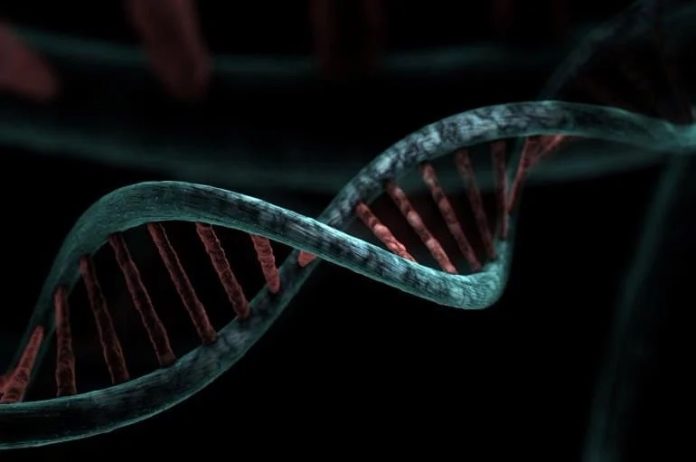Neuroscience News reported today that scientists at CNRS, Aix-Marseille Université and AP-HM have definitely identified a cerebral marker that is specific to the autism spectrum. This discovery could revolutionize the future of autism treatment. Identification of this Broca mutation may allow neuroscientists to diagnose and manage autism earlier than was previously possible.
The newly discovered genetic marker is consistently detectable via MRI. It is Scientists believe that this marker would be visible beginning at the brain age of two years. This would constitute a definite method of diagnosis that could override subjective observation and avoid misdiagnosis.
The marker is actually a cortical fold. The noticeable mutation is that the fold is less deep than normally occurring in non-autism affected brain structures. The fold presents in the Broca’s area, which is the brain region focused on language and communication. This is consistent with historical autism research, which clearly identifies language and communication as impaired functions in patients diagnosed with autism.
The marker was identified during medical image processing at the Institut de Neurosciences de la Timone (CNRS/Aix-Marseille Université). Researchers there were studying a homogeneous group of patients diagnosed with autism at a very young age. The studied population were scientific cohorts (subjects born around the same time and in the same place) in France.
The results of this study were originally published Tuesday in the journal of Biological Psychiatry: Cognitive Neurosciences and Neuroimaging (sister publication to Biological Psychiatry.
The autistic spectrum disorders are associated with abnormal development of the brain. These abnormalities spans neuro-developmental disorders (typical autism, Asperger’s syndrome or pervasive developmental disorders not otherwise specified) that most prominently affect communication and social cues and reactions.
Recent neuroimaging has significantly identified abnormal cortical folding which is “the formation of convolutions on the surface of the brain.” Neuro-anatomical measurement has previously been unsuccessful in demonstrating any specific markers for the various disorders on the autism spectrum.
Researchers focused on the “sulcal pit”, a new genetic marker that indicates the deepest point of each cerebral cortex sulcus. This is the point from which all folds on the brain’s surface develop. They are built at a very early stage of development thought to be initiated by genetic influences that may differ from person to person.
Based on MRI findings, researchers observed sulcal pits of 102 young boys aged 2 to 10 years. They discovered that the maximum sulcus depth in the Broca’s area was less among autistic children, compared to children without a diagnosis of autism. The deeper the sulcal pits, the more autistic children were impaired in terms of their language production skills.
Without the Broca mutation found in this study, autism could only be diagnosed according to clinical signs, which are documented through interviews with the children’s parents, and by observation of the children’s behavior.
This study also observed that some cortical folds (the most superficial) continued to deepen with age, contrary to prior understanding. This revelation may help to improve neuroscientific understanding of various life mechanisms.















